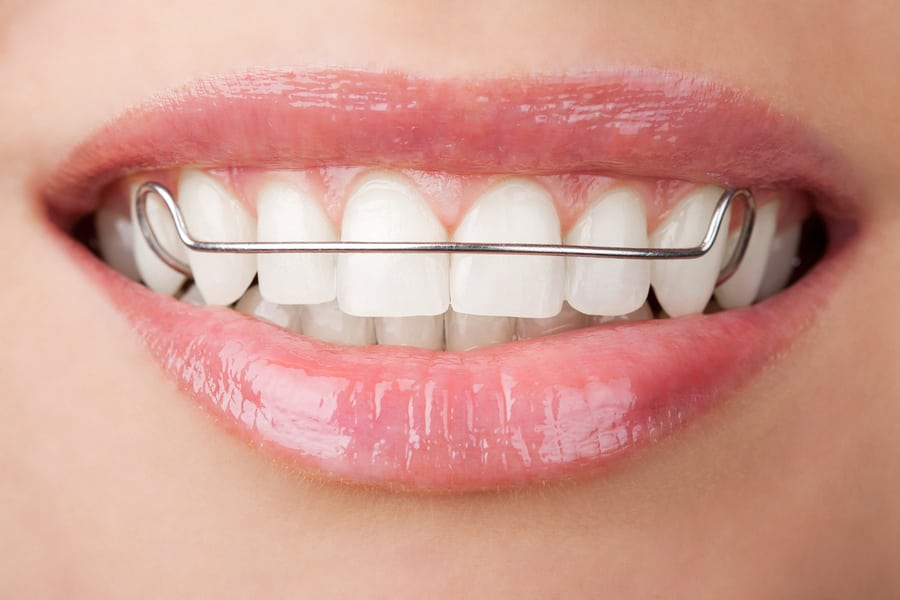With sports in full swing, Dr. Chapman of Chapman Orthodontics recommends that his patients in Plainfield, IN wear mouth guards especially if they have braces. As an essential part of many athletes’ sport equipment, mouth guards work to protect player’s teeth and prevent dental injury. Which mouth guard is right for you?
Stock mouth guards come ready to wear. They are inexpensive. And can be bought at most sporting goods stores in Plainfield, IN. Unfortunately, little can be done to adjust their fit: they are bulky, make breathing and talking difficult, and they provide little or no protection. Dr. Chapman does not recommend this type of mouth guard to his patients and warns that it would cause discomfort for brace wearers.
Boil and bite mouth guards can also be bought at many sporting goods stores in Orlando, FL, and may offer a better fit than stock mouth protectors. Boil and bite mouth guards are made from a thermoplastic material so that consumers can do just as the name says; “boil and bite” to ensure a perfect fit. Hot water softens this product and allows consumers to shape the mouth guard around their teeth using finger and tongue pressure.
Custom-fit mouth guards, although more expensive than the other types, will provide the most comfort and protection. For more information on custom-fitted mouth guards or if you have any questions or concerns about your braces contact Chapman Orthodontics at 317.839.6533.




